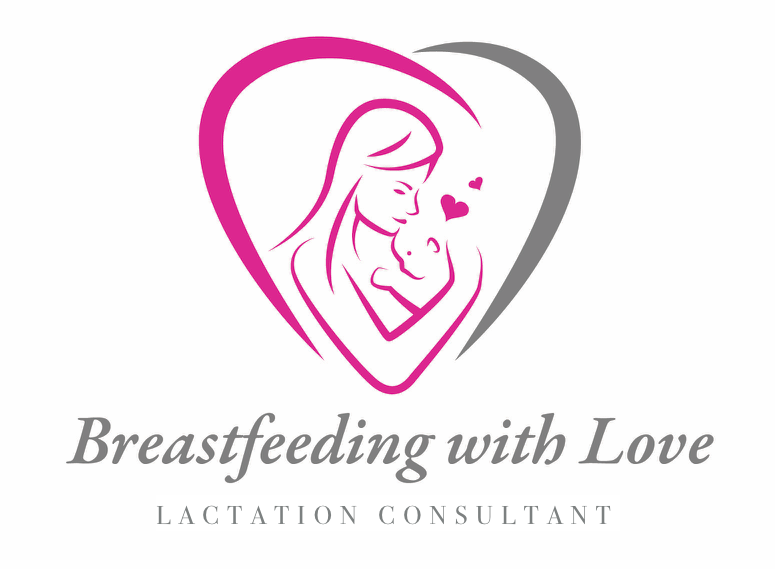Clindamycin And Breastfeeding
Is Clindomycin safe for breastfeeding? That is a question that I get asked often as a Lactation Consultant. Clindomycin does pass through breast milk. Although the manufacturers generally recommend that this drug should be avoided while breastfeeding, the American Academy of Pediatrics classifies Clindomycin as compatible while breastfeeding. [1] Always ask your healthcare provider before starting a new drug while breastfeeding.Clindomycin is an antibiotic that fights bacteria in the body. It is used to treat serious infections caused by bacteria. It is often the choice of drug used for Mastitis. Clindomycin can pass into your breastmilk. Therefore consult your physician before taking it.Clindomycin can be administered through IVs or usually in pill form. In a study of 15 women who received 600 mg Clindomycin intravenously, levels of the drug use averaged 1.03mg/1 at 2 hours following the dose.[2]Clindomycin has side effects. If your healthcare provider recommended Clindomycin, and you are breastfeeding, make sure to watch for side effects in yourself and child. It may cause adverse effects on the breastfeeding baby’s flora. Watch you baby and see if it has any bowel changes, such as diarrhea, thrush or rashes. However rarely do you see blood in your baby’s stools. If you, the breastfeeding mom, has headaches, diarrhea or vomiting consult your doctor.Clindomycin can be used in a lotion form. It transfers very little to the mother’s breast milk. Therefore, it is safe to use while breastfeeding.In my practice, I see many moms being prescribed Clindomycin for Mastits. Continued breastfeeding should be encouraged while you have Mastitis and are taking antibiotics, unless your doctor has told you otherwise. Consulting with a Lactation Consultant, such as myself is a great idea. I see many women weekly with Mastitis. I help new moms get a better position and latch and teach them better techniques to avoid Mastitis again. Mastits is associated with inadequate milk removal from your breast. However, if you have a large abscess or infectious material coming out of your nipple, consult your doctor. You may have to temporarily pump and dump for a while because you need a higher dose of antibiotics. Usually the duration of antibiotic therapy is 10 to 14 days. Always take your antibiotic as instructed by your healthcare provider.In conclusion, the American Academy of Pediatrics classifies Clindomycin as safe while breastfeeding. However, always consult your healthcare provider before using drugs while breastfeeding. Additionally, treatment of Mastitis begins with improving your breastfeeding technique. Besides draining you breast milk properly, antibiotics such as Clindomycin may be needed. Consult with a Lactation Consultant to get expert techniques and learning how to deal with Mastitis. If oral Clindomycin is needed, tell your doctor you are breastfeeding.[1] Committee on Drugs, American Academy of Pediatrics. The transfer of drugs and other chemicals into human milk. Pediatrics 2001; 108: 776-89.[2] Zharg Y, Zhang Q, XUV, Tissue and body fluid distribution of anti bacterial agents in pregnant and lactation women. Zhonghua Fu Chan Ke Za Zhi. 1997. 32: 288-92.

